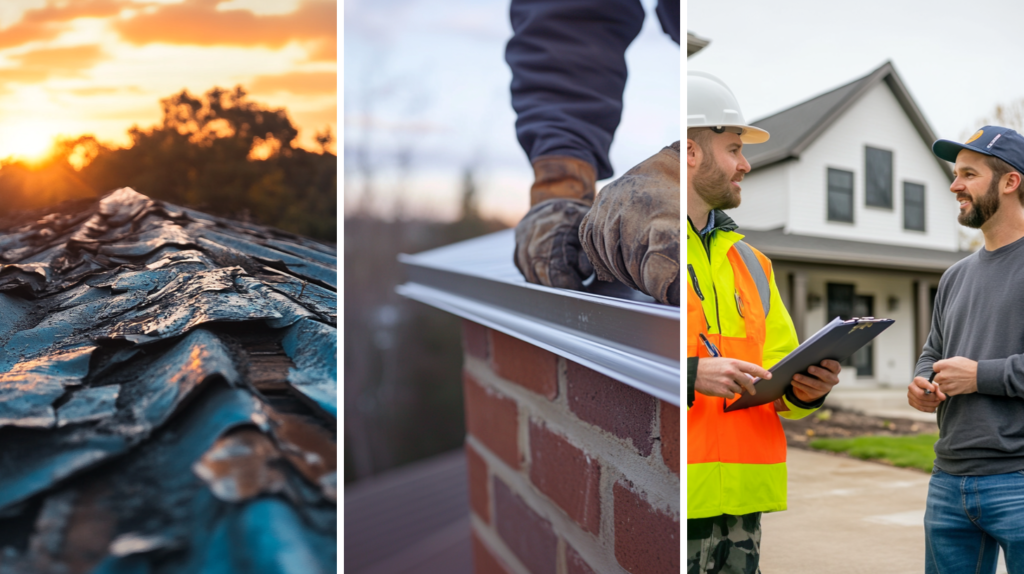
Thermoplastic roofing materials have gained popularity in commercial roofing due to their durability, flexibility, and cost-effectiveness. They offer significant advantages over traditional roofing materials, making them an attractive option for commercial buildings. From polyvinyl chloride (PVC) to thermoplastic olefin (TPO), each material contributes to superior performance, weather resistance, and ease of installation. Whether you are a building owner looking for a durable and efficient roofing solution, understanding the various thermoplastic roofing materials can help you make an informed decision. Thermoplastic Polyolefin (TPO) Thermoplastic Polyolefin (TPO) roofing is a type of roofing material composed of polypropylene and ethylene-propylene rubber. TPO roofing is heat-welded at the seams during installation, creating a solid and durable bond. One of the critical benefits of TPO roofing is its resistance to cracking and material failure, making it a long-lasting and low-maintenance option for roofing projects. Additionally, TPO roofing has excellent roof properties, meaning it helps reflect sunlight and reduce heat absorption, which can lead to energy savings. Another advantage of TPO roofing is its compatibility with HVAC systems, allowing for efficient ventilation and temperature control. Polyvinyl Chloride (PVC) Polyvinyl chloride (PVC) roofing is a type of thermoplastic roofing that offers various benefits and advantages. PVC roofing has properties like durability, impact resistance, and excellent UV resistance, making it ideal for harsh weather conditions. PVC membranes for roofing are made using a fusion welding process, which involves heat bonding the sheets together. These membranes combine PVC resin with plasticizers, stabilizers, and other additives. The manufacturing process includes blending the ingredients, extruding the mixture into sheets, and adding reinforcement for strength. The resulting PVC roofing membranes are lightweight, flexible, and easy to install. They offer ease of maintenance and energy efficiency and are resistant to chemicals and fire. However, there are also some disadvantages to PVC roofing, such as potential environmental concerns related to the production and disposal of PVC and the higher cost compared to other roofing materials. Ethylene-Propylene Rubber (EPDM) Ethylene-propylene rubber (EPDM) is widely used in thermoplastic roofing, particularly in conjunction with TPO (thermoplastic olefin) systems incorporating white EPDM flashing details. EPDM is an ideal choice for rubber roof applications because it is known for its durability, weather resistance, and flexibility. It withstands extreme temperatures, UV radiation, and various weather conditions without deteriorating or cracking. EPDM is commonly used in flat and low-slope rubber roofs and in installing flashings, seams, and roof penetrations. Its versatility and ease of installation through heat welding or adhesive technologies make it a preferred option for thermoplastic roofing. With EPDM's features and the benefits of TPO systems, such as energy efficiency and environmental sustainability, these combined technologies offer long-lasting, reliable, and cost-effective solutions for various commercial roofing needs. Learn more about thermoplastic roofing and the services we offer at Sky Roofing Construction & Remodeling: skyroofingconstructiontx.com/thermoplastic-roofing/ https://flic.kr/p/2pZgKSR

No comments:
Post a Comment